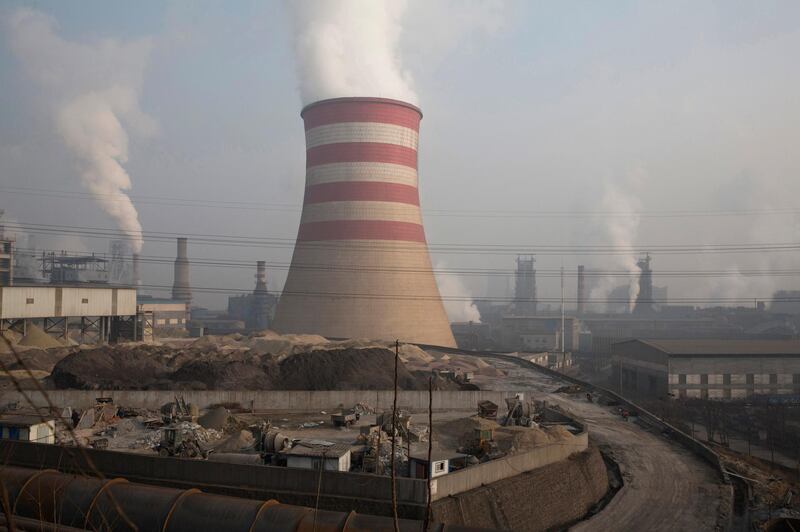China said proposed US tariffs on imported steel and aluminium products are groundless and that it reserves the right to retaliate if they are imposed.
The US recommendations, unveiled by the Commerce Department on Friday, aren’t consistent with the facts, Wang Hejun, chief of the trade remedy and investigation bureau at China’s Ministry of Commerce, said in a statement posted on its website.
Commerce Secretary Wilbur Ross said the US may impose quotas on imports of aluminium and steel, including a tariff of at least 24 per cent on steel imports from all countries. While it’s the strongest indication yet that President Donald Trump’s administration is ready to take action on its protectionist agenda, Mr Ross said “it wouldn’t surprise us” if the measures were challenged. The US already has excessive protections on domestic iron and steel products, according to Wang.
“If the final decision impacts China’s interests, China will certainly take necessary measures to protect its own rights,” Mr Wang said.
American steel companies and steelworker unions have been pushing Trump to follow through on his promise to protect the industry. China’s trade partners have complained for years that its industry unfairly benefits from state subsidies, and dumps its products at below-market prices. While China only accounts for about 1 per cent of US steel imports, it could challenge US action at the World Trade Organisation, a process that could take years.
China has long been at the epicenter of global over-production of steel. But the trade dynamics are shifting as aluminium exports take center stage. In January, China boosted its shipments of the lightweight metal for a third month, as domestic supplies spill overseas, while steel cargoes shrank to the lowest in nearly five years as strong domestic growth mops up production and environmental curbs trim capacity.
________________
Read more:
[ Trump’s solar tariffs mark big blow to renewables ]
[ Steel imports tariff of 31% suggested across Gulf ]
________________
Rather than slapping tariffs on all imports, Mr Trump may opt for a more “surgical” approach, MR Ross suggested at a meeting with lawmakers this week. On steel, for example, the president could go with the recommended option that would levy a tariff of 53 per cent on imports from 12 countries - a list that includes China, Russia, India and South Korea -- but allow exemptions for allies such as Japan, Germany and Canada.
India’s steel industry, which vies with Japan as the world’s No. 2 after China, probably won’t be hurt, according to K K Pahuja, president of the Indian Stainless Steel Development Association, in a report in the Business Standard. Stainless steel “is not a big-ticket item, since the quantity is not very high,” Mr Pahuja told the newspaper. India itself imposes extensive trade barriers on Chinese steel.
JFE Holdings, Japan’s second-biggest steelmaker, said it will discuss a response with related parties after looking more closely at the US announcement.






